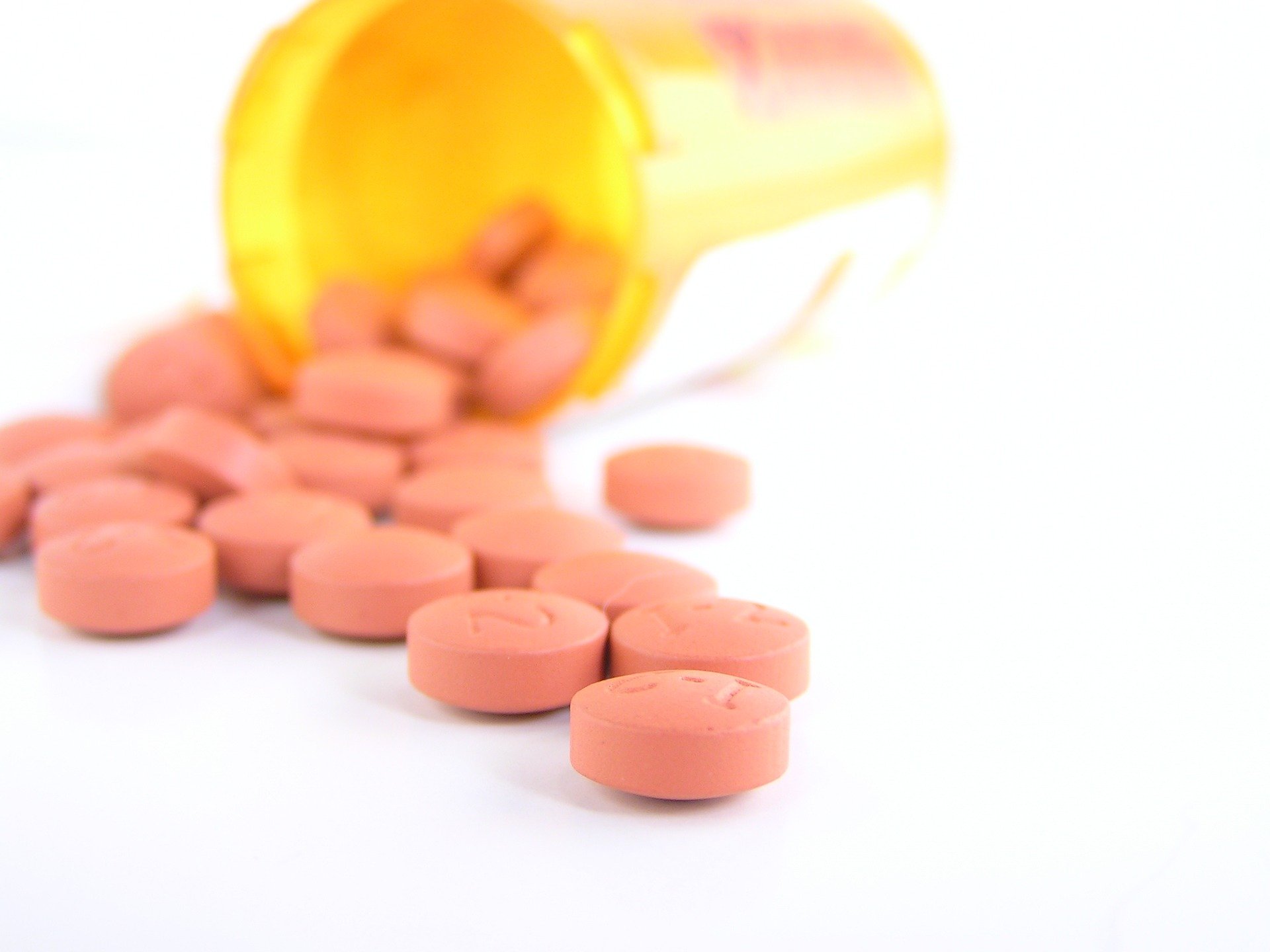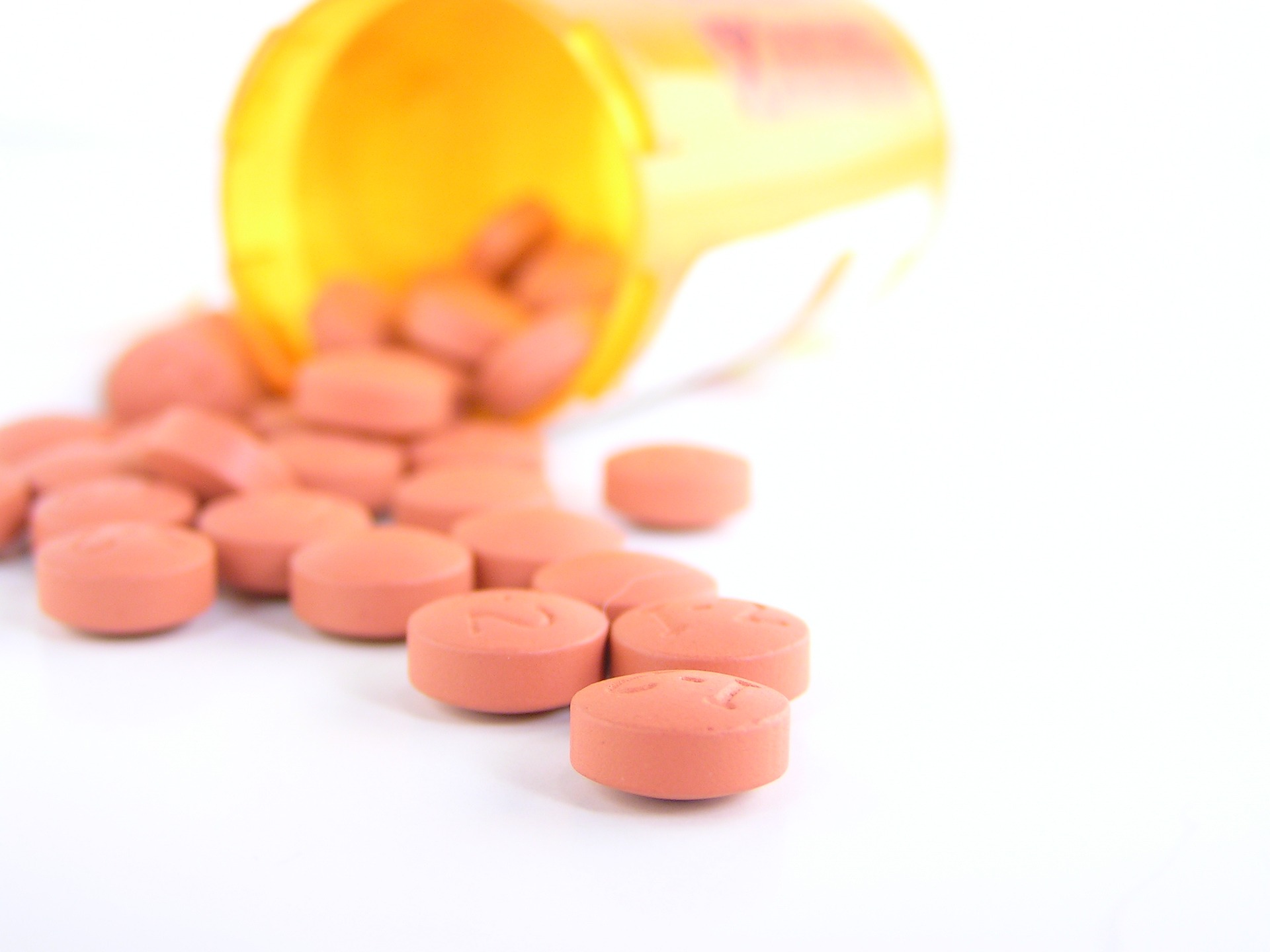
In addition to approving pharmaceuticals and biologics, the Food and Drug Administration is responsible for determining whether an approved treatment is safe.
As such, they require the companies that manufacture these treatments to report on adverse events that patients experience after a treatment is approved. Pharmaceutical companies should understand the appropriate mechanisms to submit these reports.
How to Handle Reporting of Adverse Events
The manner in which the adverse events are reported depends on the type of adverse event, the seriousness of the adverse event, the country in which the adverse event occurred, and the circumstances under which the adverse event was experienced.
The Food and Drug Administration requires pharmaceutical companies to report adverse events for which the company has an identifiable patient, an identifiable person to report the event, a pharmaceutical or biological product suspected to have caused the event, and an adverse experience or death suspected to be associated with the event. They do not have to report the adverse events that are not serious or for which there is no association with the pharmaceutical. Although pharmaceutical companies should actively seek out these four criteria, they do not have to report the event if they cannot find one of the four.
Mechanisms to Report Adverse Events
The postmarketing surveillance mechanism should be used to report an adverse event that was obtained during planned contact with the patient and was actively solicited from the patient.
These reports should be submitted by prescription drug manufacturers and manufacturers of over-the-counter drugs with approved indications. When there are an extensive numbers of adverse events, pharmaceutical manufacturers should focus on pharmaceuticals and biologics that are most likely to have adverse events or those most likely to result in serious medical issues of they do not produce their pharmacological results.
Pharmaceutical manufacturers should pay particularly close attention to pharmaceuticals approved within the last three years, new molecular entities, and drugs for which bioavailability or bioequivalence may pose an issue.
To report adverse events occurring in the United States, manufacturers should submit a form FDA 3500a or their own preapproved computer-generated forms. For adverse events occurring in foreign countries, manufacturers should use th. Manufacturers should submit these reports within fifteen days of learning of the adverse event.
For domestic adverse events not occurring as a result of a study, adverse events not found in the literature, or adverse events that do not warrant a 15-day report, manufacturers can submit periodic reports. These reports should be submitted every three months for the first three years after a pharmaceutical or biologic is approved. For individual case reports of nonserious unlabeled adverse experiences, the pharmaceutical should request a waiver to submit a form FDA 3500a.
Important Considerations When Reporting Adverse Events
Pharmaceutical manufacturers should make certain that personnel fill out adverse event reports in a timely manner. When filling out the information on the forms, personnel should determine whether the information was available at the time of the event and whether all the information has been included in the form.
They should make certain that the appropriate dates are included and should also conduct appropriate follow-up and include follow-up information on the reports. Adhering to these requirements is important because failure to do so can result in a warning letter.
Conclusion
By understanding when and how to report adverse events. This leads to increased monitoring and safety for patients.

